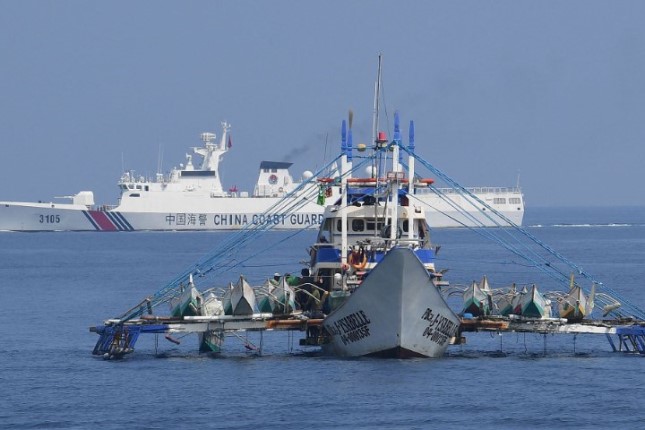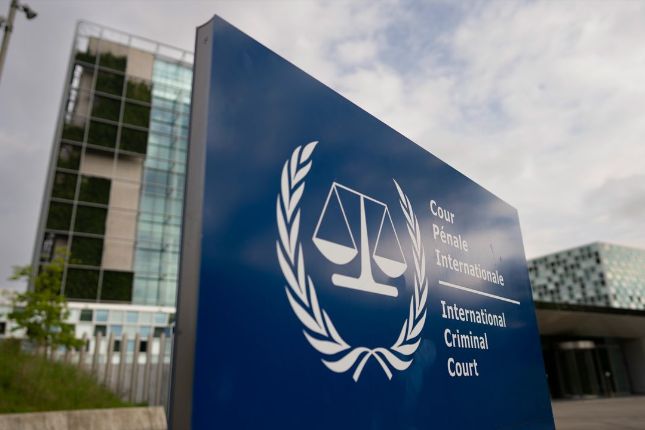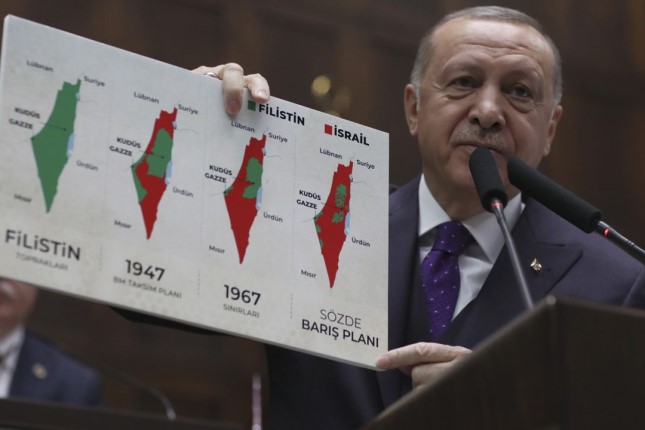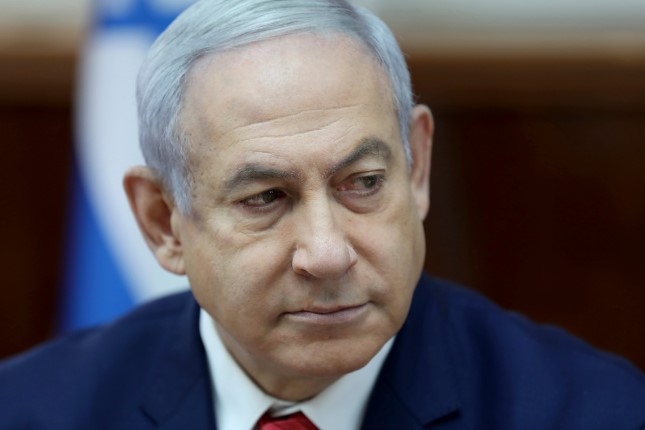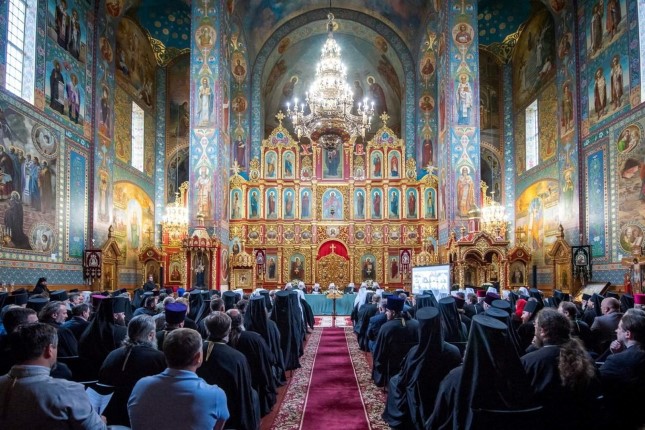A vessel of the Bureau of Fisheries and Aquatic Resources of the Philippines, without China's permission, intruded into the adjacent waters of Huangyan Dao and attempted to enter its lagoon. The Philippine government vessels carrying journalists from Western countries equipped with cameras and other equipment for on-site filming also came to the waters near Huangyan Dao. The Philippine government vessels have even provided approximately 60,000 liters of diesel fuel and some groceries to the Filipino fishing boats in an attempt to encourage them to approach Huangyan Dao aggressively, thus providing fresh news material for Western journalists.
Let's take a look at how these Western journalists have reported on this largely staged story. The AFP used such a scene as a starting point: A Filipino fisherman guns the motor of his tiny wooden boat as he makes a dash for the shallow waters of Huangyan Dao, with Chinese coast guard speedboats in hot pursuit. This disjointed narrative aims to convey a strong sense of visuals and tension, attempting to depict a simple image of the "Chinese coast guard intimidating Filipino fishermen." Its headlines focused on "Filipino fisherman chased by China's coast guard" in the South China Sea, making it the most representative among the Western media present.
However, what's strange is that, compared to the efforts made by these Western media outlets and the Philippine side to stage this performance, the final products they presented are rather thin, lacking in impact and persuasiveness. Any audience with a modicum of critical thinking would find the story unconvincing. Their reports focused on depicting certain specific details, but were vague and even unwilling to mention more factual information, leading to numerous flaws and serious inaccuracies in their reporting.
The interception of Chinese coast guard ships in response to this behavior was legitimate and necessary. Additionally, the location of the "floating barrier" set up by China was at the entrance to the lagoon inside Huangyan Dao, clearly designed to safeguard sovereignty interests and not indicative of any "intimidation."
These media outlets will not mention the restraint and professionalism of the Chinese coast guard when intercepting Filipino fishing boats. Even less will they mention that just a few days ago, the PLA naval vessel Aba successfully rescued two Filipino fishermen during its cruise in the eastern maritime zone of the Nansha Islands. Those Filipino actors should not be blamed for their poor performance; the key issue lies in the fact that a large part of the "plot" is not controlled by the Filipino side or Western media. China will never act according to their script.
In the end of its report, the AFP quoted a so-called Filipino fisherman as saying, "If they ram and sink our boats, who will save us?" This was an attempt to play the sympathy card, which the AFP is known for. However, since the whole story has not been established, this ending appears to be weak and even somewhat ridiculous.
Overall, this is an unsuccessful hype by the Philippine side in collaboration with Western media. However, it has exposed a new trend in the South China Sea that should alert all parties: the strengthening of the Philippines' domestic radical forces in alliance with external powers on the South China Sea issue. They have put considerable effort into creating public opinion and intentionally engaging in a media war.
Previously, the Philippines hyped up the issue of Chinese fishermen "destroying coral reefs in the South China Sea," and the Japanese ambassador to the Philippines immediately described the development as "very alarming news," despite his own country's dumping of nuclear-contaminated wastewater into the Pacific Ocean. Then, the Philippines hyped up China's installation of a "floating barrier." These actions have resonated politically with Western media reports. They are attempting to converge from different angles to create a false narrative that portrays China as a "bully" in the South China Sea, not only "suppressing" the Philippine government but also "bullying" the Filipino people.
Similar dramas like this are likely to continue by the Philippines and Western media.
By making an issue of the South China Sea and distorting the reports, Western media aims to fabricate a domineering image of China as a bully. This kind of operation has happened multiple times this year. It is important to remind the Philippines that engaging in such staged acts is not beneficial for resolving the South China Sea issue. Instead, it complicates the problem, increases risks, and damages the peaceful environment in the South China Sea as well as the mutually beneficial cooperation between China and the Philippines. Once nationalist sentiments within the Philippines are stirred up, it will backfire on the Philippines. Manila should remain clear-headed and vigilant about this.
Photo: Chinese coast guard (back) conducts patrol missions in the waters near Huangyan Dao in the South China Sea on September 20, 2023 © VCG.
Source: The Global Times.
